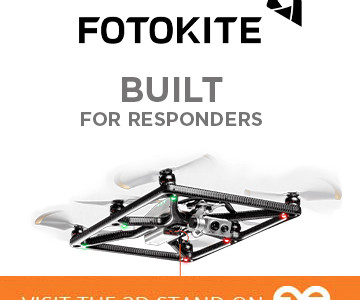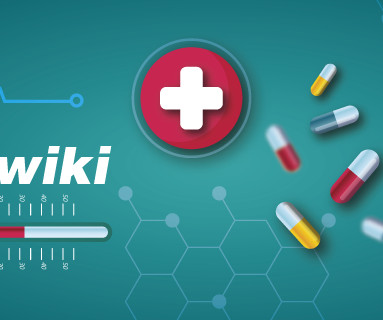How Does It Work? The Lowly Blood Pressure Cuff
The Trauma Pro
JANUARY 22, 2024
The blood pressure cuff is one of those devices trauma professionals don’t give a second thought to. Old timers like me remember using the cuff with a sphygmomanometer and stethoscope to get manual blood pressures. I’ve had to do this twice in recent months on airplanes, and I had forgotten how much work this is. But technology makes things easier for us.





































Let's personalize your content